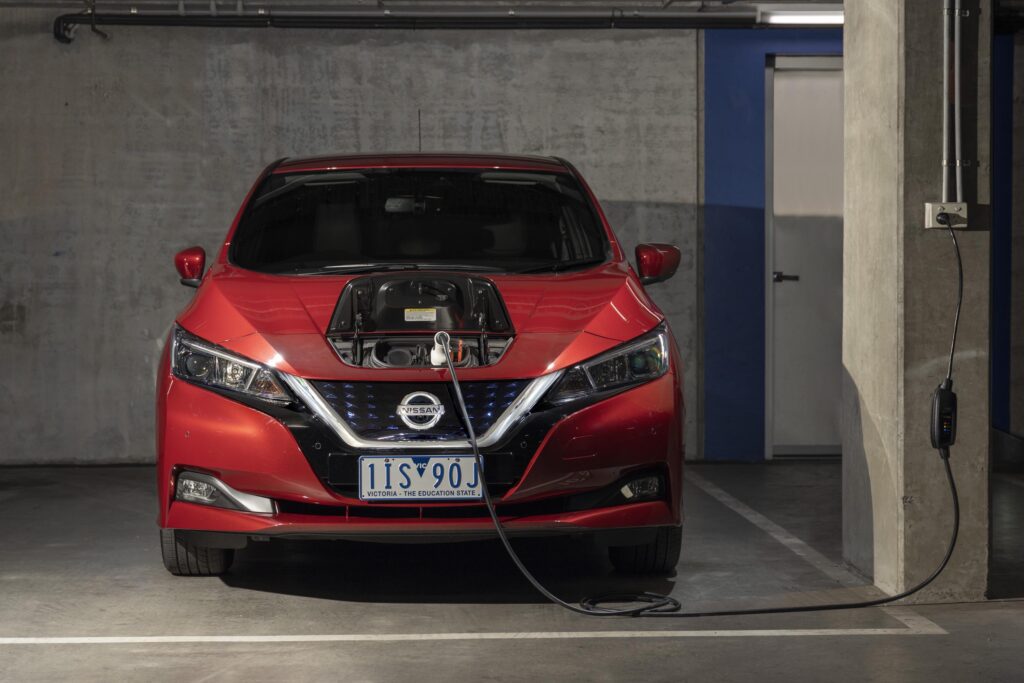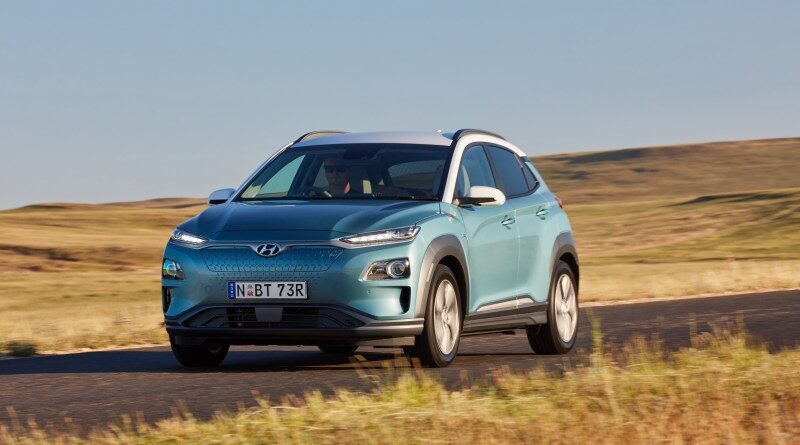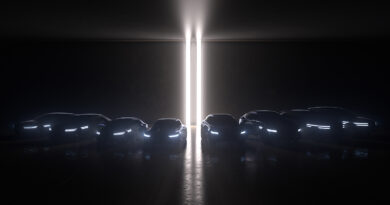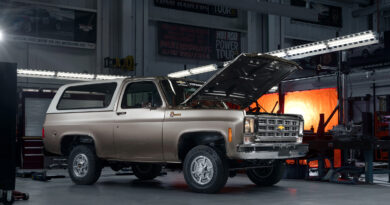Electric vehicle sales triple in Australia as petrol and diesel sales stumble
Electric vehicle sales in Australia tripled in 2019 to 6718, up from just 2216 in 2018, according to a new report from the Electric Vehicle Council.
A further 3226 EVs have found homes in the first six months of 2020, leaving experts to estimate the annual total will match, or even exceed, that of 2019, despite the coronavirus pandemic wreaking havoc on overall new-vehicle sales.
The results do make for a rare moment of positive reading in this country’s total new vehicle sales tally, with traditional petrol and diesel engine sales falling by 7.8 per cent over the same period, according to the report.
The percentage of EV vehicles sold, while growing in Australia, lags behind the rest of the “developed world”, with the report also finding electric vehicles command a 2.5 percent to 5 percent market share around the world, but just 0.6 percent of total vehicle sales in Australia.
“Despite the lack of national coordination and support, in 2019 electric vehicle sales tripled from 2216 to 6718,” the report reads. “So far in 2020, electric vehicle sales are proving to be resilient even through COVID-19, with 3226 electric vehicles sold in the first half of the year, despite a 20 percent reduction in overall car sales.
“But global comparisons of electric vehicle market share illustrate how far we are behind. Electric vehicles now account for around 2.5 percent to 5 percent of all new vehicles sold across developed countries. In Australia electric vehicles account for only 0.6 percent of all new sales.”

The report, which includes both BEV and plug-in hybrid vehicles in its tallies, credits the growth to the flood of new electrified vehicles hitting our market, finding some 26 vehicles currently on sale in Australia, and at least another six expected to arrive before the end of 2020. It also points to the falling cost of entry to electrified vehicles as a key driver.
A state-by-state breakdown shows residents in NSW and Victoria have been the biggest buyers of EVs, with a total 2532 and 2540 sales respectively between 2011 and 2019. Queensland is next, with 450 sales over the same period, followed by South Australia (412), Western Australia (212), the ACT (134), Tasmania (65) and the Northern Territory (5). Last year, 832 EVs found homes in NSW, with 815 sold in Victoria.
But the ACT is Australia’s pound-for-pound winner, with the report finding 83 of every 10,000 vehicles sold are electrified, the highest number in the country. There’s a good chance politicians using taxpayer money for company cars are bolstering demand in the nation’s capital.
There is one glaring omission in the report’s figures: Tesla sales.
The Californian-based car maker does not publicise how many vehicles it sells in individual regions or countries.
In the past some have used Australian recall notices to estimate how many Teslas have been sold in Australia while the Tesla Owners Club of Australia also provides estimates.
The EVC report states its overall EV sales estimates includes a “Tesla sales estimate”, something that allows an overall estimate; if the EV Council figures are close to correct it means Tesla accounts for about half of all Australian EV sales.
Of course, that could soon change given the imminent influx, including the Audi e-Tron and BMW iX3.
See our comprehensive calendar of all the new EVs coming soon.



